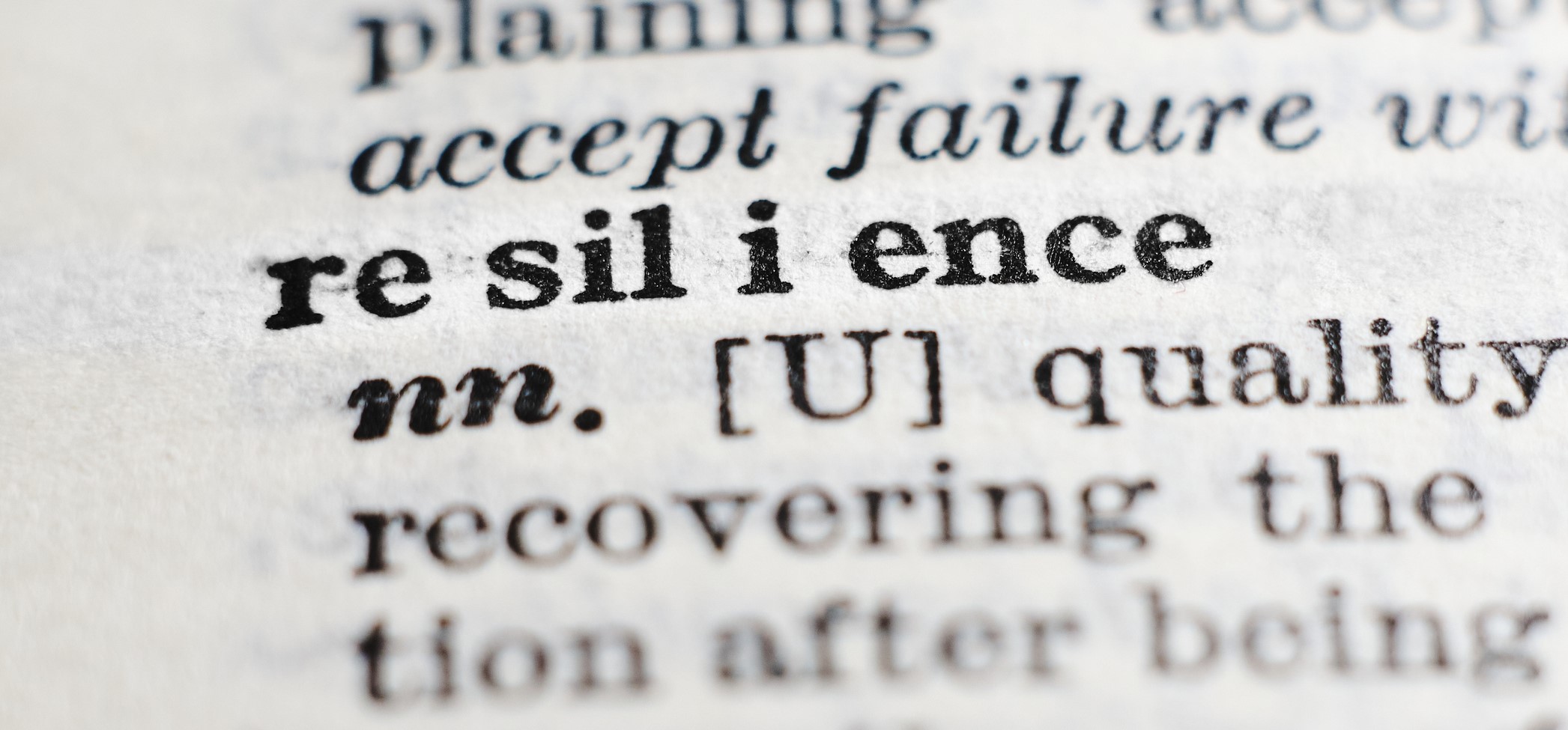How Resilient are Our Teams as We Come Out of This Pandemic?

Over the past year, all of our teams have been working through this pandemic demonstrating extraordinary commitment of both physical and emotional energy. Considering these experiences led me to wonder about the resilience of our people/workforce. I am wondering – how are we as people going to come through this crisis? I have talked with many leaders in both Europe and the US and this seems to be a shared concern. How are we going to keep our great teams whole after a prolonged state of emergency and its eroding impact both personally and professionally? Many leaders are sharing their concerns around finding a new way to manage employee turnover. This problem is becoming even more critical than what we have seen in the past.
The first questions that come to my mind are:
- How can we keep our people?
- How do we survive as caregivers?
- What is the impact on how we lead and manage?
- Do we need to change how we behave?
I am hopeful we can begin to address these concerns before the force of this crisis is upon us.
As I listen, the words I am often hearing are: foggy, emotional, untethered, and very fatigued. It is interesting that these words come from both caregivers and leaders. Many leaders are talking about their inability to have time together that is energizing, future focused, and not about the pandemic. Similarly, caregivers are saying they not only need respite but also the opportunity to re-energize with colleagues outside the demands of COVID-19. Often, we have heard people describe the COVID-19 experience as riding the bicycle as we build it. Sound familiar? Well, we may be running out of parts too.
Most of us are unable to take the vacation we really need. Not just because of unavailable PTO, but also the need to stay home during this moment in time. People are experimenting with short term solutions and are quite creative in their zoom cocktail hours and birthday parties. Camping in the back yard to create something different in their family life. We must remember these are but a few creative moments of respite in a soup of anxiety from both home and work. These moments we create are so important, but we know they are not enough. I wonder what it is we will need when we begin to come out of this isolation. How are we going to help our people breathe, energize, and restore some balance in their lives?
Burn-out has always been a real problem in health care, but we have pushed the envelope way beyond previous comprehension. How do we help in systems that are so stretched? The grief around the loss of a normal structure is real even when that structure was far from perfect. It is time to consider what and where our greatest risks are. How many will leave healthcare all together? What can we do to mitigate these losses?
Now is the time to begin the discussion. We have the tools to initiate our preparation. Let’s start our A3, if you will. What is our current state and where do we want to be? What is that gap and how will we close it? Listening to our people and planning our countermeasures around both the systemic need and the human need. We cannot afford to delay working on this problem and this is not a problem that can be delegated to HR. It is a healthcare problem that needs the problem-solving skills and focus of leadership. Our PI leaders can help facilitate thinking and plans, and use lean concepts to address this problem and find ways to improve our systems and processes. Build your team and begin.
Let’s talk to each other and learn together. While I have been thinking about this, I have also begun to review the literature and was guided by Ken Segal to this recent HBR article that I found very thoughtful. It was written by Merete Wedellsborg titled – How to Lead When Your Team is Exhausted-and you Are, too.
We have also heard about strategies to support staff. A shining example from Kerry Burchill at Southern Illinois Health is reflected in two of our Catalysis Healthcare Value Network Sharing Sessions. She has also influenced blogs and supported the development of a white paper. She is focusing on how they are building resilience in their organization. Here is the information she has shared:
Strategies on staff resilience during the COVID-19 crisis
Translating Behaviors and Shifting Thinking to Reduce Staff Stress.
Four Strategies for Supporting Staff During Uncertain Times | Catalysis (createvalue.org)
White Paper: Shifting Thinking and Behavior Model | Catalysis (createvalue.org)
Please share what you are doing in your organization to increase staff resilience and reduce burnout. Our community can learn so much from each other.








Leave a Reply